We are in the townland of Ballaghmore, in the parish of Myshall, Co Carlow, for our Around the Kitchen Table chat. This is where a group of farmers take a look at where farming is today and what future the sector faces over the next 10 years.
Our host is Marian Dalton and our kitchen is in one of the first Parnell cottages, which was built way back in 1892. The stone-built cottage consists of two good-sized rooms, a tiny scullery and a loft that’s reached by a seriously steep ladder. At one stage, this cottage was home to a family of 10 children and their parents. And while families of 10 were common in those days, I was told that not too far away three families reared 58 children between them in similar-sized cottages.
Changing times
Tom Butler, an uncle of Marian’s was born in this cottage in 1922 and he lived there all his life until he died just three years ago. He was a carpenter and wheelwright by trade and was able to make a complete horse cart with spoked wheels and all.
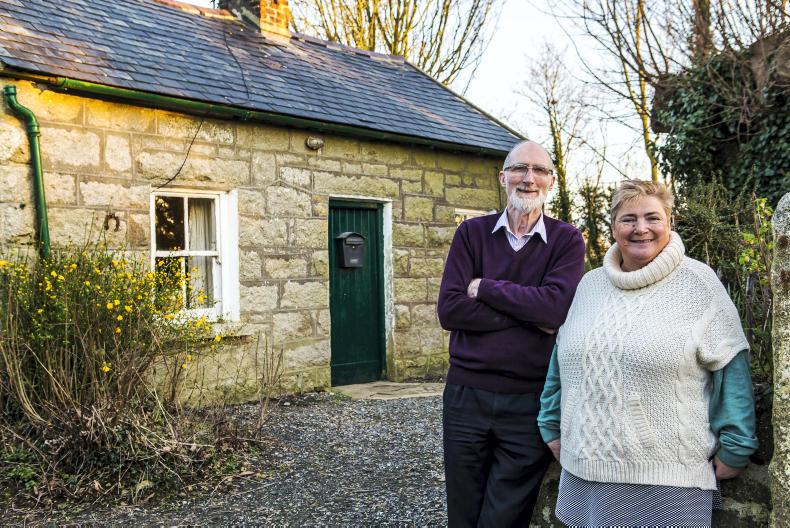
Marian Dalton and her cousin Sean. \ Philip Doyle
Tom didn’t like change and only consented to getting electricity into the cottage in 1998. He tried indoor plumbing but rejected it in favour of a cold tap on the gable end of the house.
While Tom might not have been into mod cons, he was a very sociable man and there wasn’t a day that would pass where he wouldn’t have people in to visit.
“This was a great gathering house and while songs might have been sung it was about the chat,” says Marian.
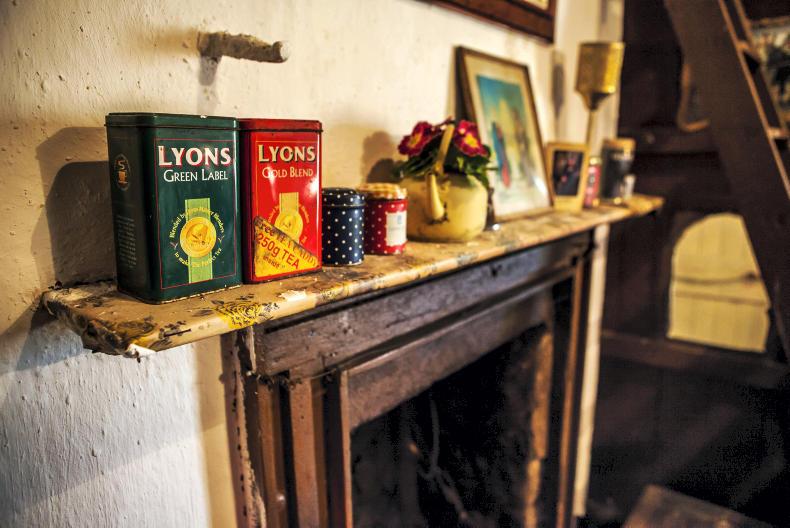
She has left things as they were and the cottage is like a time capsule dating back to the 1930s. Every month she and her cousin Jack Byrne host a ‘rambling house’ for locals and friends. “The old people love it and it keeps us all sociable,” says Marian.
Marian and her husband Eamon are small-scale sheep and livestock farmers. Her late parent’s house is right beside the cottage and is rented out to help boost farm income. She says a lot has changed in the past 10 years.
“The people in the townland are older now and there are siblings who never married and lived under the same roof all their lives. When they pass on, the farms get left to relations and become out-farms but the lights are gone out.”
Farmer in transition
Willie Young is from Bagnalstown and is well known in farming circles through his past involvement in IFA.
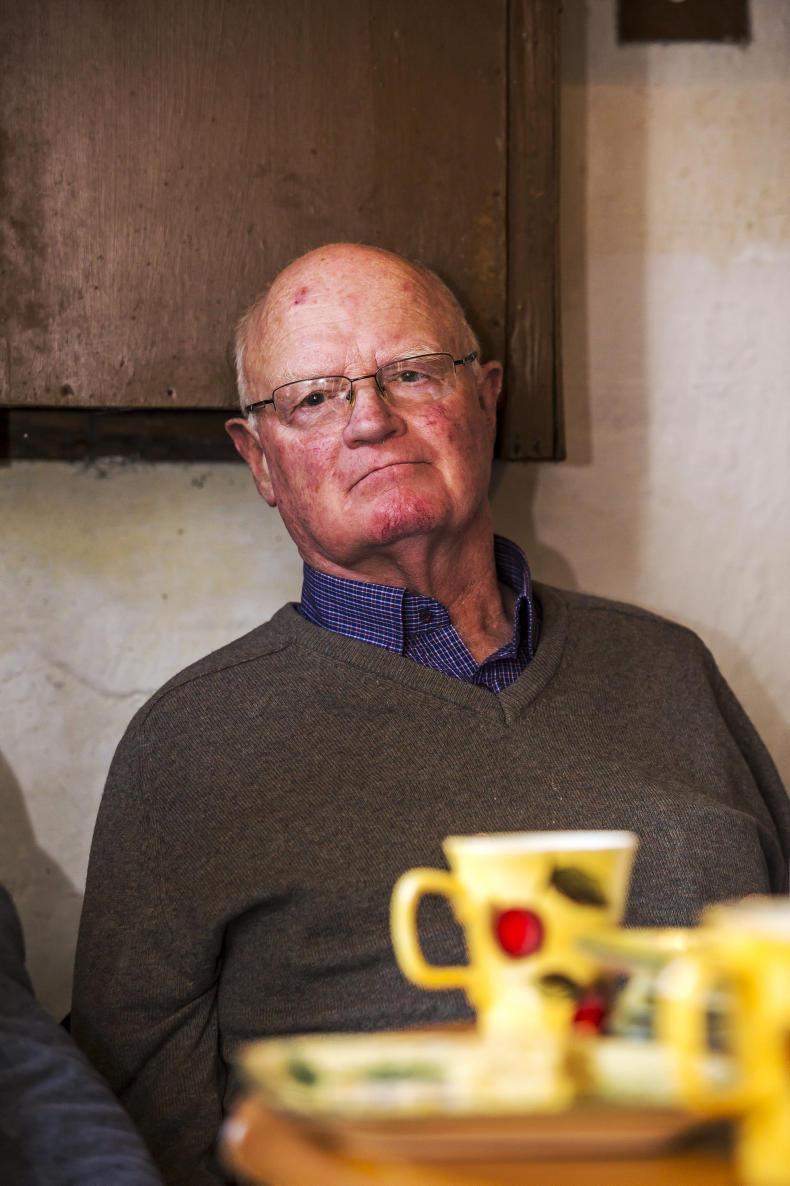
Willie Young. \ Philip Doyle
He describes himself as a farmer in transition in that he and his son Mark are moving out of sheep and sucklers and into dairying.
“Back in the early 1980s when quotas came in, we had just bought a bunch of in-calf heifers but without a quota we were going nowhere. So we remained in sheep, building a flock of 500 ewes along with 55 suckler cows and tillage.
“Now we are in transition to dairying. Eighty cows are in along with the first robot while the second robot is being installed.
"The sheep have been sold and while we’ve cut back on sucklers we intend to twin track with dairying for a while anyway. Last year was the first time since I started farming that we had no tillage.”
“We are farmers who hit all the targets for growing grass and converting that into beef and lamb, but trading 500 ewes and 55 suckler cows wasn’t generating a full-time living wage. In the past we could have employed two to three full-time staff and casuals on that size operation but not anymore. I can’t see any future for beef and sheep and that’s the biggest change I’ve seen in my lifetime.”
Full-time caring
Martina Kinsella comes from Cranemore, high on the Blackstairs Mountains where she has a sheep and suckler farm. She is also carer to her mother Molly who is 91.
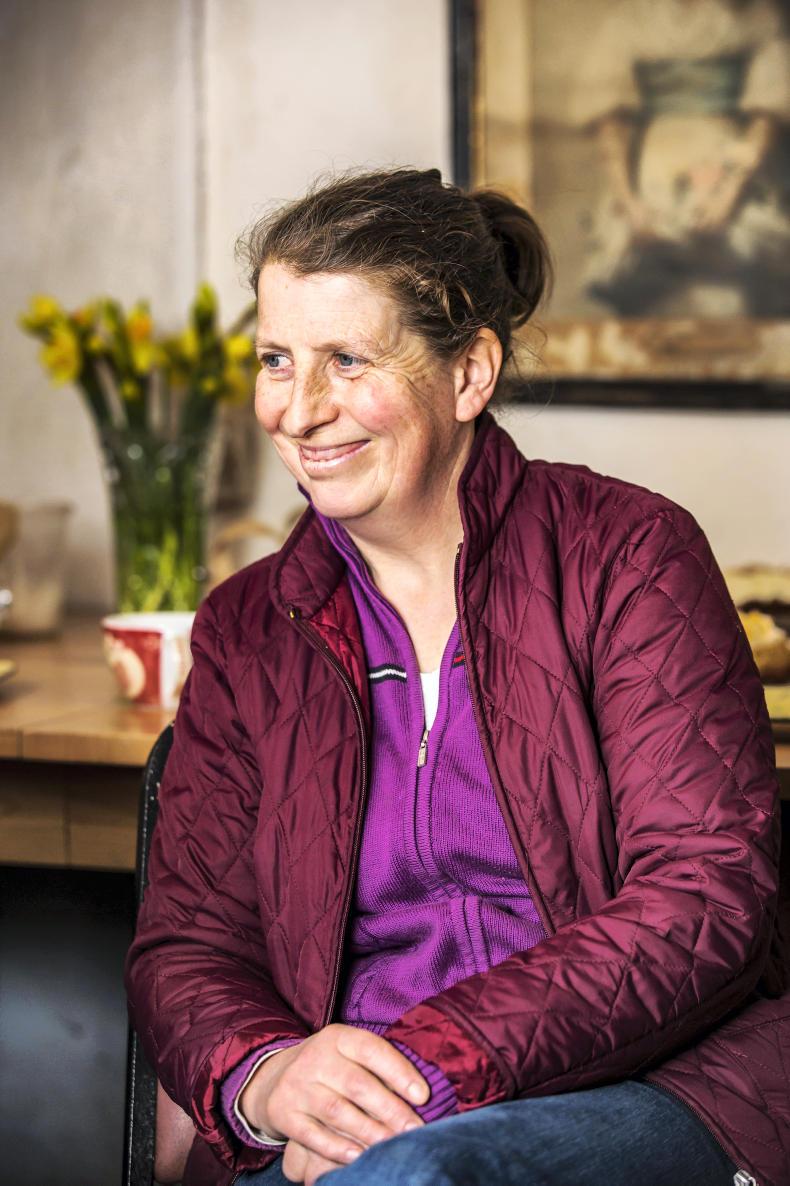
Martina Kinsella. \ Philip Doyle
“When I listen to the troubles that farmers have these days, I’m reminded of my dad’s advice. He always said it was better to keep fewer rather than more livestock. That way you produced better quality, you had less stress and didn’t need as much labour.”
Martina has cut back on her sheep and cattle as she feels farming, particularly beef farming, is in for a tough few years.
“Farmers can’t cope with a €200 to €300 loss on an animal. We used to get €160 for a suckler cow, it’s much less now and that’s a serious loss too.”
Going down the robot route
George Collier is another farmer who was constrained by milk quotas and so had a mixed farm of tillage, store cattle and dairying.
Now with quotas gone he is up to 200 dairy cows and farms in partnership with his wife Lorna and son Andrew in Tinryland. With sourcing labour a significant problem, he too is going down the robot route.

George Collier. \ Philip Doyle
One of the big changes George faced was getting the National Roads Authority to agree to put in a bridge on the farm when it was split with the new M9 motorway.
“The way the road came through we were left with 40 acres and the yard on one side and 100 acres on the other. It was unworkable without the bridge.”
Looking around him, George says life has changed loads and people have no time to talk with their neighbours. There’s more pressure, fewer mixed farms and the cost of labour versus the returns is not sustainable.
Coming home
Our youngest farmer in for a chat is Andrew Corrigan who farms with his parents George and Elizabeth and his brother John.
The farm is a long time dairying with 200 cows in the herd. They have winter- and spring-calving herds so are milking all year round.
Andrew says the layout of their land is not suitable for robotic milking so they are sticking with the milking parlour.
Andrew completed a degree in animal science in UCD and is at home farming now for six years. “I love farming and couldn’t see myself doing anything else,” he says.
He does most of his socialising with Macra and there are several strong clubs in the surrounding area. Last year he was escort to the Kentucky and Cork Roses and would highly recommend the week.
Hard to define progression for young people in farming
During our chat, Willie makes the point that the basics of farming are always the same. “You must mind your cows and crops. What has changed is the return you get.”
With all-year-round milking, Andrew knows his life-work balance is leaning in the wrong direction. But that still wouldn’t deter him from farming or living in rural Ireland.
“I see my classmates moving up in their careers and doing doctorates or a master’s. There isn’t as much visible progression for young people on farms.
"It’s not enough to just talk numbers, such as herd progression, acres and the like.”
The good general hardware store is in trouble and because of rationalisation towns are no longer able to supply the needs of their hinterland
George is heavily involved with Farm Relief and says the demand for labour is not being matched by supply.
The Relief Service has sourced some people from New Zealand and Croatia and there are a few people doing the training scheme for those with no farming experience. But it wasn’t enough.
“Farm jobs have to be attractive when it comes to conditions and pay. That’s the starting point.”
Martina feels the difficulties faced by farmers are mirrored in the local towns and villages.
“The good general hardware store is in trouble and because of rationalisation towns are no longer able to supply the needs of their hinterland.”
Looking ahead
When it comes to Brexit, Willie Young is pragmatic, saying that dairy intervention is at its lowest level for years and that should tide us over. As for beef, he says there’s no use giving out.
“As farmers, we owned the majority of beef plants in the country but we couldn’t manage them. So leave it with those who can get on with it.
Looking to the next 10 years, Andrew worries about a lack of diversity in farming with everyone running to dairying. “If dairying goes, what then?”
He is not concerned about the trend to veganism and reckons that while some people might change, the majority will remain with dairy. What he is worried about is the environment and the fact that Ireland is not meeting its commitments. “It looks like there are heavy fines on the way and I would worry these could row back the gains made by expansion. It needs to be dealt with.”
The influx of young people into dairying is a real boost to farming
Environment is also an issue for Willie. “It’s the big one and we have to make use of the best available technology at reasonable cost. Legislation will come and farmers will have to live with it.”
While George worries about the build-up of farm debt due to fodder issues and expansion, he is positive about the future.
“The influx of young people into dairying is a real boost to farming. Once we play our part on the environment there is no better job, especially when everything is going right.
Looking to the future Martina has no one coming after her and she is tied to the farm as full-time carer for her mother.
“My lifestyle is difficult and commits me to the farm. It doesn’t give me time for interests or hobbies. Looking ahead, I’d worry that farming is in for a lean time.”
The last word
The last word goes to Marian, our host for the afternoon.
“Farming will go on, maybe not as we know it, but people have to eat and we know how to produce food.” she says.
“As pension age approaches, Eamon and I are cutting back. In 36 years of marriage, Eamon has never been on a holiday and apart from the Women in Ag Conference, I’ve only done a bit of travelling around Ireland. We’d like to see more of the country.
“A few years ago I would have classed myself as a quite woman, one who would stay at home rather than go out. I’d blame others or say: ‘Sure there’s nothing going on’. But I was wrong. The onus is on you and life is as good as you make it.”
We are in the townland of Ballaghmore, in the parish of Myshall, Co Carlow, for our Around the Kitchen Table chat. This is where a group of farmers take a look at where farming is today and what future the sector faces over the next 10 years.
Our host is Marian Dalton and our kitchen is in one of the first Parnell cottages, which was built way back in 1892. The stone-built cottage consists of two good-sized rooms, a tiny scullery and a loft that’s reached by a seriously steep ladder. At one stage, this cottage was home to a family of 10 children and their parents. And while families of 10 were common in those days, I was told that not too far away three families reared 58 children between them in similar-sized cottages.
Changing times
Tom Butler, an uncle of Marian’s was born in this cottage in 1922 and he lived there all his life until he died just three years ago. He was a carpenter and wheelwright by trade and was able to make a complete horse cart with spoked wheels and all.

Marian Dalton and her cousin Sean. \ Philip Doyle
Tom didn’t like change and only consented to getting electricity into the cottage in 1998. He tried indoor plumbing but rejected it in favour of a cold tap on the gable end of the house.
While Tom might not have been into mod cons, he was a very sociable man and there wasn’t a day that would pass where he wouldn’t have people in to visit.
“This was a great gathering house and while songs might have been sung it was about the chat,” says Marian.

She has left things as they were and the cottage is like a time capsule dating back to the 1930s. Every month she and her cousin Jack Byrne host a ‘rambling house’ for locals and friends. “The old people love it and it keeps us all sociable,” says Marian.
Marian and her husband Eamon are small-scale sheep and livestock farmers. Her late parent’s house is right beside the cottage and is rented out to help boost farm income. She says a lot has changed in the past 10 years.
“The people in the townland are older now and there are siblings who never married and lived under the same roof all their lives. When they pass on, the farms get left to relations and become out-farms but the lights are gone out.”
Farmer in transition
Willie Young is from Bagnalstown and is well known in farming circles through his past involvement in IFA.

Willie Young. \ Philip Doyle
He describes himself as a farmer in transition in that he and his son Mark are moving out of sheep and sucklers and into dairying.
“Back in the early 1980s when quotas came in, we had just bought a bunch of in-calf heifers but without a quota we were going nowhere. So we remained in sheep, building a flock of 500 ewes along with 55 suckler cows and tillage.
“Now we are in transition to dairying. Eighty cows are in along with the first robot while the second robot is being installed.
"The sheep have been sold and while we’ve cut back on sucklers we intend to twin track with dairying for a while anyway. Last year was the first time since I started farming that we had no tillage.”
“We are farmers who hit all the targets for growing grass and converting that into beef and lamb, but trading 500 ewes and 55 suckler cows wasn’t generating a full-time living wage. In the past we could have employed two to three full-time staff and casuals on that size operation but not anymore. I can’t see any future for beef and sheep and that’s the biggest change I’ve seen in my lifetime.”
Full-time caring
Martina Kinsella comes from Cranemore, high on the Blackstairs Mountains where she has a sheep and suckler farm. She is also carer to her mother Molly who is 91.

Martina Kinsella. \ Philip Doyle
“When I listen to the troubles that farmers have these days, I’m reminded of my dad’s advice. He always said it was better to keep fewer rather than more livestock. That way you produced better quality, you had less stress and didn’t need as much labour.”
Martina has cut back on her sheep and cattle as she feels farming, particularly beef farming, is in for a tough few years.
“Farmers can’t cope with a €200 to €300 loss on an animal. We used to get €160 for a suckler cow, it’s much less now and that’s a serious loss too.”
Going down the robot route
George Collier is another farmer who was constrained by milk quotas and so had a mixed farm of tillage, store cattle and dairying.
Now with quotas gone he is up to 200 dairy cows and farms in partnership with his wife Lorna and son Andrew in Tinryland. With sourcing labour a significant problem, he too is going down the robot route.

George Collier. \ Philip Doyle
One of the big changes George faced was getting the National Roads Authority to agree to put in a bridge on the farm when it was split with the new M9 motorway.
“The way the road came through we were left with 40 acres and the yard on one side and 100 acres on the other. It was unworkable without the bridge.”
Looking around him, George says life has changed loads and people have no time to talk with their neighbours. There’s more pressure, fewer mixed farms and the cost of labour versus the returns is not sustainable.
Coming home
Our youngest farmer in for a chat is Andrew Corrigan who farms with his parents George and Elizabeth and his brother John.
The farm is a long time dairying with 200 cows in the herd. They have winter- and spring-calving herds so are milking all year round.
Andrew says the layout of their land is not suitable for robotic milking so they are sticking with the milking parlour.
Andrew completed a degree in animal science in UCD and is at home farming now for six years. “I love farming and couldn’t see myself doing anything else,” he says.
He does most of his socialising with Macra and there are several strong clubs in the surrounding area. Last year he was escort to the Kentucky and Cork Roses and would highly recommend the week.
Hard to define progression for young people in farming
During our chat, Willie makes the point that the basics of farming are always the same. “You must mind your cows and crops. What has changed is the return you get.”
With all-year-round milking, Andrew knows his life-work balance is leaning in the wrong direction. But that still wouldn’t deter him from farming or living in rural Ireland.
“I see my classmates moving up in their careers and doing doctorates or a master’s. There isn’t as much visible progression for young people on farms.
"It’s not enough to just talk numbers, such as herd progression, acres and the like.”
The good general hardware store is in trouble and because of rationalisation towns are no longer able to supply the needs of their hinterland
George is heavily involved with Farm Relief and says the demand for labour is not being matched by supply.
The Relief Service has sourced some people from New Zealand and Croatia and there are a few people doing the training scheme for those with no farming experience. But it wasn’t enough.
“Farm jobs have to be attractive when it comes to conditions and pay. That’s the starting point.”
Martina feels the difficulties faced by farmers are mirrored in the local towns and villages.
“The good general hardware store is in trouble and because of rationalisation towns are no longer able to supply the needs of their hinterland.”
Looking ahead
When it comes to Brexit, Willie Young is pragmatic, saying that dairy intervention is at its lowest level for years and that should tide us over. As for beef, he says there’s no use giving out.
“As farmers, we owned the majority of beef plants in the country but we couldn’t manage them. So leave it with those who can get on with it.
Looking to the next 10 years, Andrew worries about a lack of diversity in farming with everyone running to dairying. “If dairying goes, what then?”
He is not concerned about the trend to veganism and reckons that while some people might change, the majority will remain with dairy. What he is worried about is the environment and the fact that Ireland is not meeting its commitments. “It looks like there are heavy fines on the way and I would worry these could row back the gains made by expansion. It needs to be dealt with.”
The influx of young people into dairying is a real boost to farming
Environment is also an issue for Willie. “It’s the big one and we have to make use of the best available technology at reasonable cost. Legislation will come and farmers will have to live with it.”
While George worries about the build-up of farm debt due to fodder issues and expansion, he is positive about the future.
“The influx of young people into dairying is a real boost to farming. Once we play our part on the environment there is no better job, especially when everything is going right.
Looking to the future Martina has no one coming after her and she is tied to the farm as full-time carer for her mother.
“My lifestyle is difficult and commits me to the farm. It doesn’t give me time for interests or hobbies. Looking ahead, I’d worry that farming is in for a lean time.”
The last word
The last word goes to Marian, our host for the afternoon.
“Farming will go on, maybe not as we know it, but people have to eat and we know how to produce food.” she says.
“As pension age approaches, Eamon and I are cutting back. In 36 years of marriage, Eamon has never been on a holiday and apart from the Women in Ag Conference, I’ve only done a bit of travelling around Ireland. We’d like to see more of the country.
“A few years ago I would have classed myself as a quite woman, one who would stay at home rather than go out. I’d blame others or say: ‘Sure there’s nothing going on’. But I was wrong. The onus is on you and life is as good as you make it.”









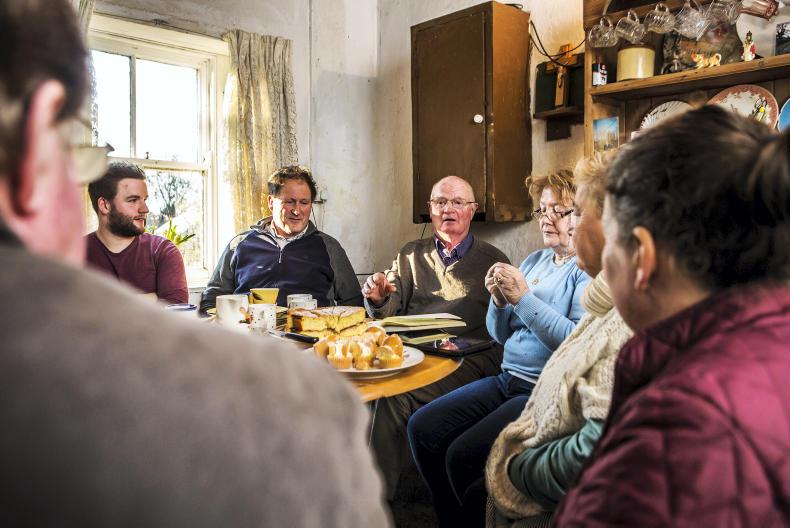
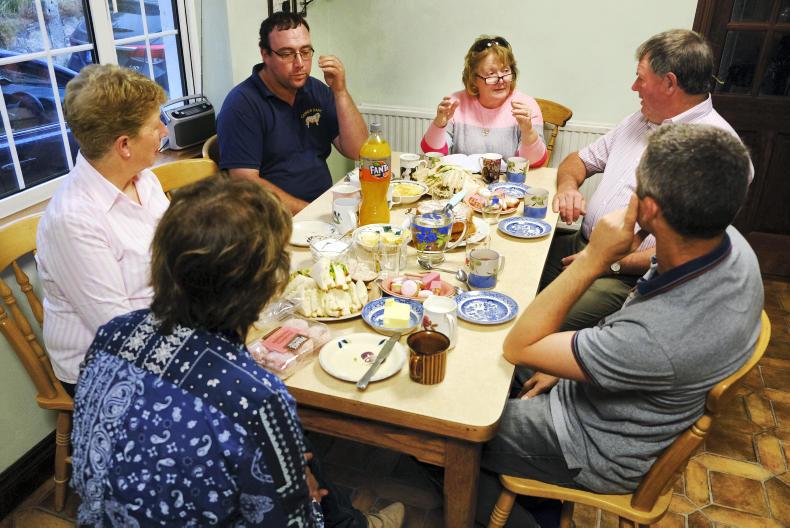

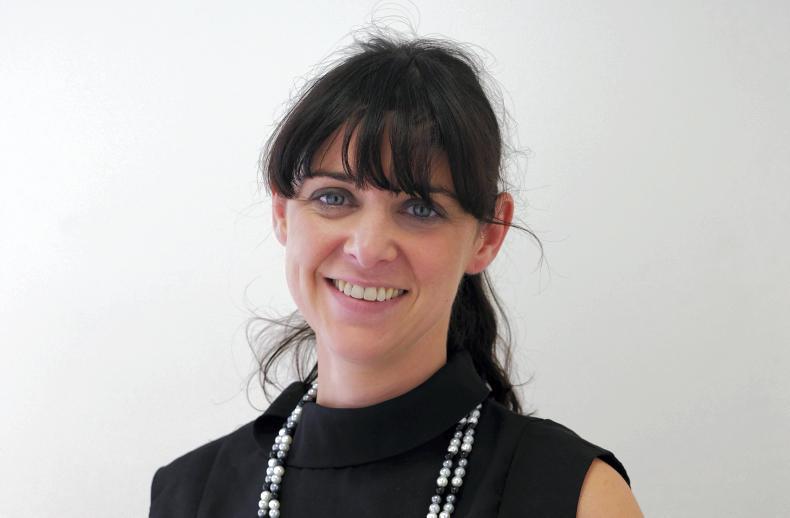
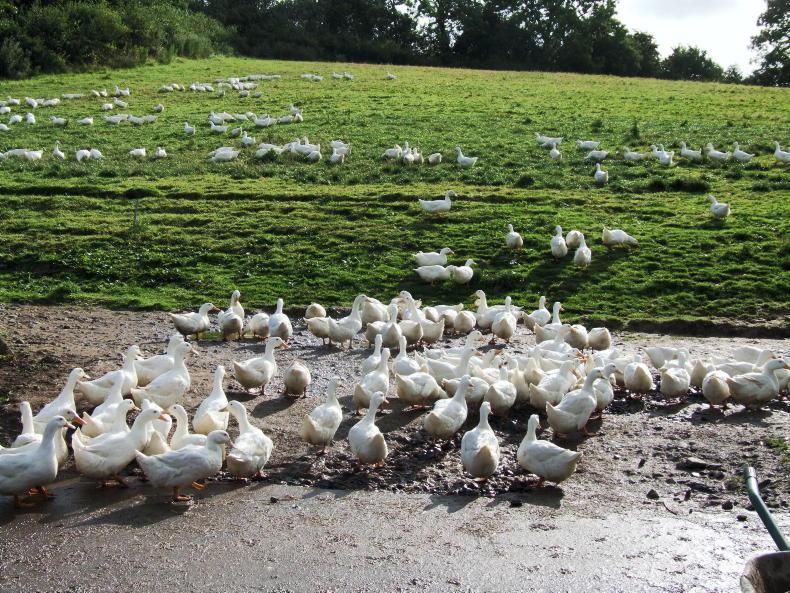

SHARING OPTIONS